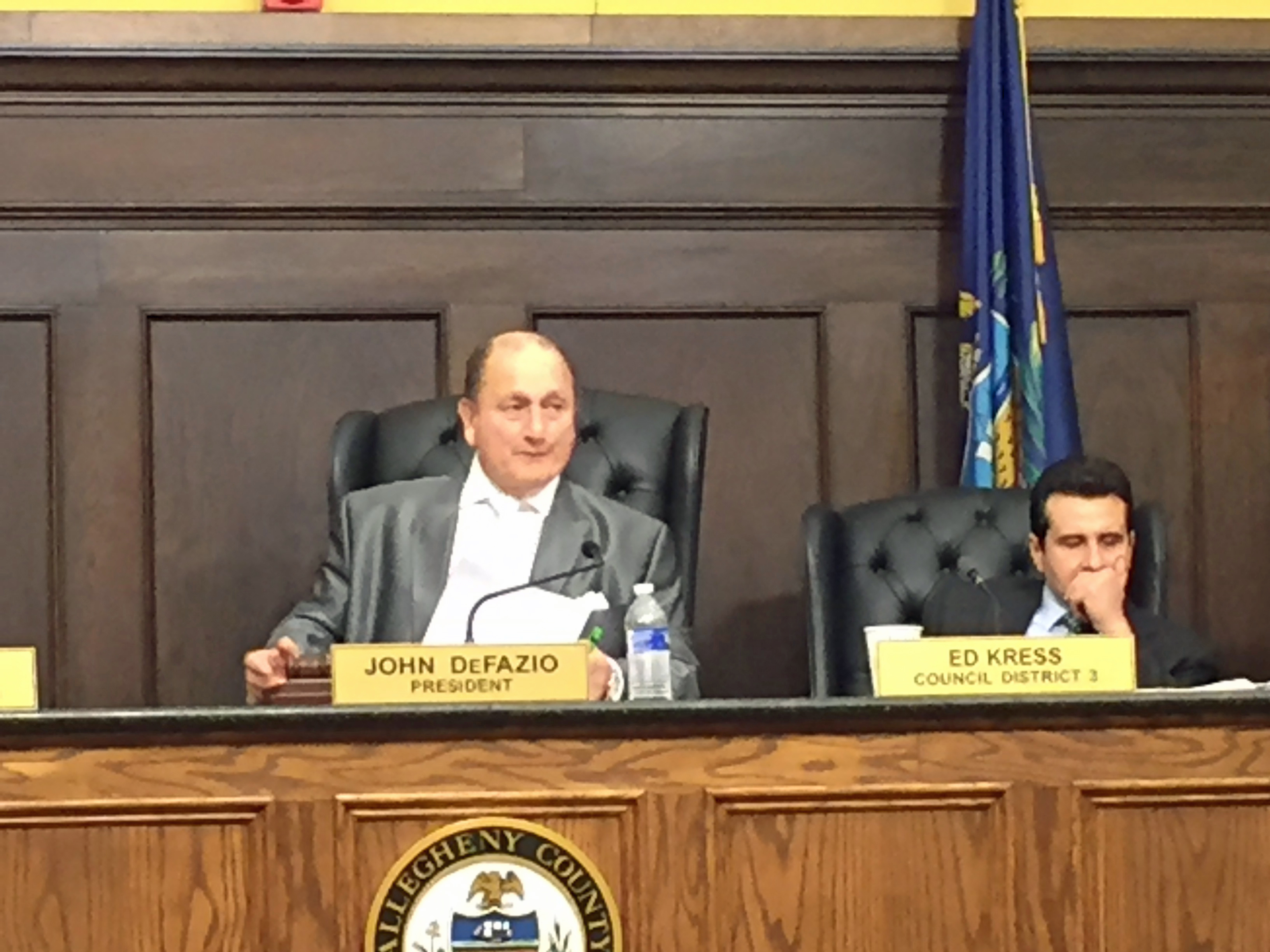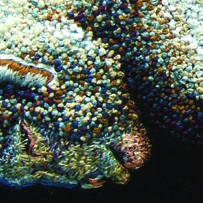Happy New Year! There is so much to look forward to in 2016. FGP’s public art installation PoP des Fleurs ,designed by Rae Gold, opens at the Carnegie Library main branch in February and continues to PoP throughout the library system leading up to our critically acclaimed Fiberart International 2016 opening at the Pittsburgh Center for the Arts and the Society for Contemporary Craft in May.
 But we are not the only group with big plans for the new year. Recently FGP President Susan Swarthout and I met with the newly formed Steel City Fiber Collective. Anna Sylvester, Becca Kreiger, Cheryl Koester and Nora Swisher met through a local Stitch n’ Bitch group and together they saw a need for a warm and inviting place where fiber artists and crafters could meet and share. Members would join for a fee and have access to space, tools and equipment that is often too expensive or cumbersome to buy as an individual; think Tech shop but devoted to all things fiber and is affordable.
But we are not the only group with big plans for the new year. Recently FGP President Susan Swarthout and I met with the newly formed Steel City Fiber Collective. Anna Sylvester, Becca Kreiger, Cheryl Koester and Nora Swisher met through a local Stitch n’ Bitch group and together they saw a need for a warm and inviting place where fiber artists and crafters could meet and share. Members would join for a fee and have access to space, tools and equipment that is often too expensive or cumbersome to buy as an individual; think Tech shop but devoted to all things fiber and is affordable.
















